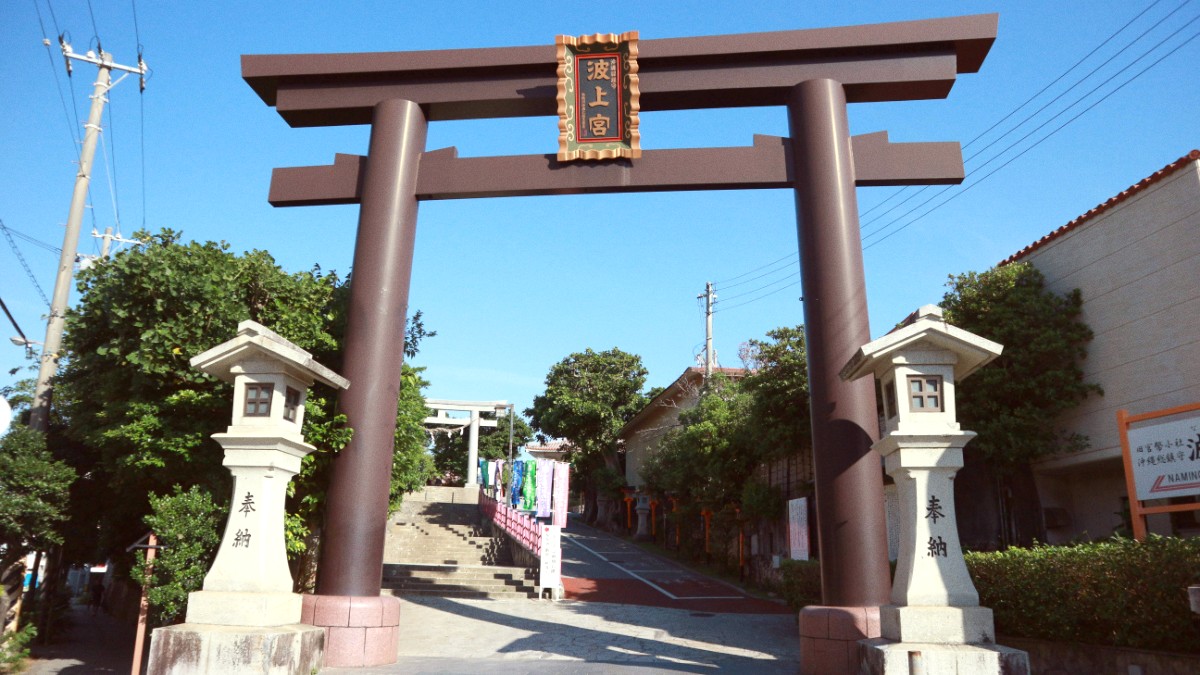
Okinawa And The Southwest Islands, Japan
Pack light Long-sleeved shirts for spring (March-May), with light jackets or cardigans for evenings. A rain jacket or Compact travel umbrella is valuable as the rainy season nears in May. For summer (June-August), prioritize lightweight, breathable fabrics like cotton, linen, or moisture-wicking materials. Shorts, t-shirts, and sundresses are suitable. Pack Swimwear. Light rain gear is useful for sudden tropical showers. A wide-brimmed hat Supports sun protection. Quick-dry clothing is beneficial due to high humidity.
Autumn (September-November) mirrors spring, with cooler evenings later in the season. Long-sleeved tops, light sweaters, and a Light jacket are appropriate after typhoon season. Winter (December-February) calls for long-sleeved shirts, sweaters, jeans, or comfortable trousers. A medium-weight jacket or coat delivers warmth. A Light scarf is valuable on cooler days. While mild, it is not warm enough for beachwear unless accustomed to cold water.
Casual attire is generally acceptable in Naha. Locals wear modern clothing. When visiting temples, shrines, or other religious sites, modest dress is appreciated. This means covering your shoulders and knees. While not strictly enforced for tourists in all locations, it displays respect for local customs and beliefs. For formal dining or high-end establishments, business casual or smart casual attire may be appropriate.
Comfortable Walking shoes are a necessity for extensive exploration of Naha's city streets, markets, and attractions. Select shoes with good support and cushioning, such as Skechers Go Walk Joy Sneakers or New Balance Cross Trainers. Sandals or flip-flops are ideal for beach visits and during warmer months. For upscale dining, bring smart casual or dressier shoes.
Keep these secure; physical & digital copies recommended.
Store in a money belt or hotel safe. Physical copy separate from original, digital copy on phone and cloud storage.
These are your most important travel documents. Ensure validity for your entire stay. Japanese government websites for specific requirements.
Policy info and health records are valuable.
Bring physical and digital copies, including emergency contact numbers for your insurer.
Helpful for emergencies. A copy of your vaccination card and relevant medical information.
Confirmations and emergency contacts are ready.
Copies of flight, accommodation, tour, and car rental reservations. Store digital copies offline.
Family, friends, and your country's embassy or consulate in Japan. Keep this list separate from your phone.
A necessity if you plan to rent a car in Japan. Obtain this in your home country before travel. Japan does not recognize the standard international driver's license issued by some countries; a permit based on the 1949 Geneva Convention (often issued by organizations like AAA or AATA in the US) is necessary.
Student, senior, or press IDs for discounts are worth carrying if applicable. While not widely offered in Japan, some museums or attractions might offer small discounts. It does no harm to carry them.
Store physical and digital copies of documents in different locations.
Ensure digital copies of reservations are accessible without an internet connection.
Have your country's embassy or consulate contact details for emergencies.
Carry a doctor's note for prescription medications, especially controlled substances.
Verify all visa requirements with official Japanese Ministry of Foreign Affairs sources.
Pack a personalized health kit to address minor ailments and stay comfortable. Be proactive with your well-being.
Your kit should include Band-aids, antiseptic wipes, pain relievers like Ibuprofen or Acetaminophen, Anti-diarrhea medication, antihistamines, and Hydrocortisone cream for insect bites. Tailor it to your personal needs. Carry prescription medications in original labeled containers with a doctor's note. Check Japan's import restrictions for specific medications before travel.
Strong UV radiation necessitates protection. High-SPF sunscreen, UV-protective sunglasses, and a wide-brimmed hat are necessities. Naha's tap water is safe to drink, so a Reusable water bottle is a valuable item.